Places You Should NEVER Swim : You can probably think of lots of places that are great for swimming pools, the beach, even comically small inflatable pools. But in this article, we’ll take you on a journey to 20 places where you should absolutely, under no circumstances, ever swim. These locations are not only dangerous but also incredibly strange and interesting. So buckle up and prepare to be amazed as we unveil the treacherous waters you should avoid at all costs.
20. Lake Carrache

Lake Carrache, situated in the southern Ural Mountains of central Russia, holds the infamous title of being the most polluted place on Earth. Its toxic state is a result of the Soviet Union’s negligent disposal of nuclear waste in the 1950s. As a consequence, certain areas of the lake are highly radioactive, posing severe health risks. Recognizing the danger it poses, the Russian government has resorted to filling the lake with concrete as a means of containment. Despite these drastic measures, Lake Carrache remains a hazardous location for swimming and any form of direct contact.
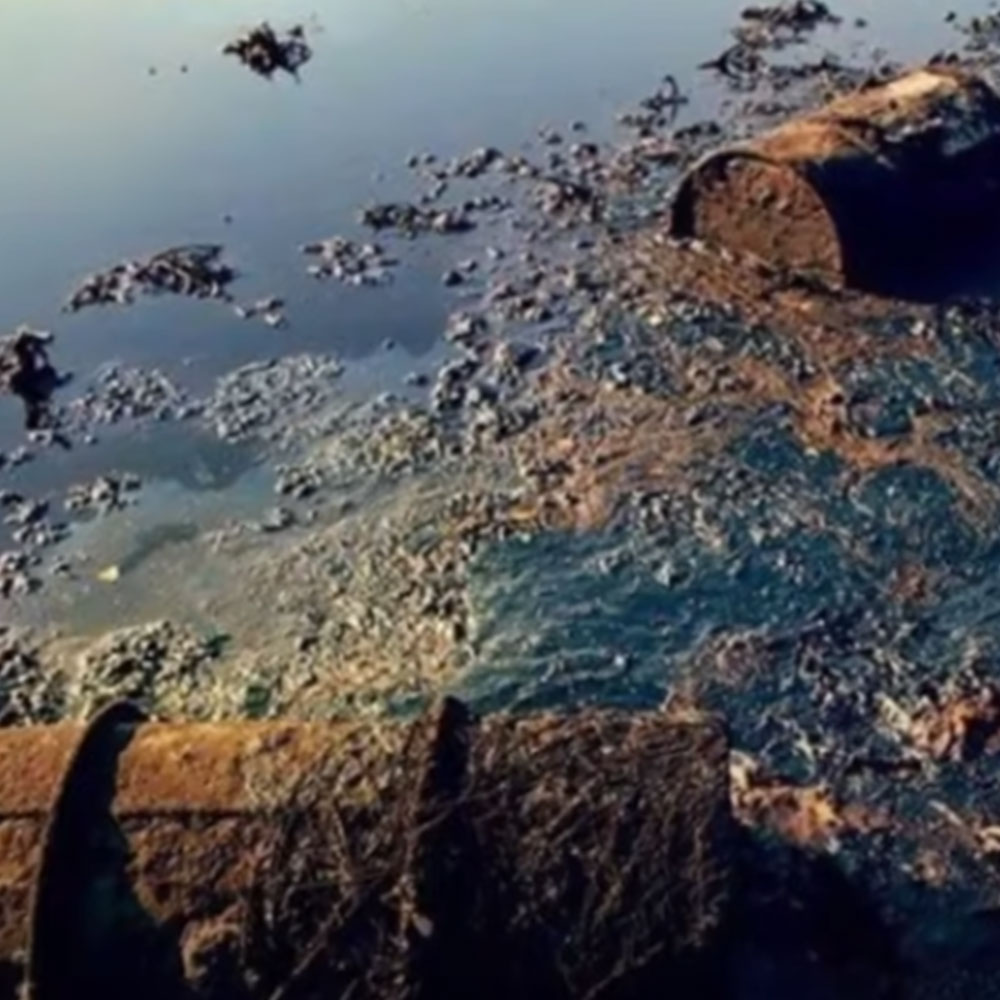
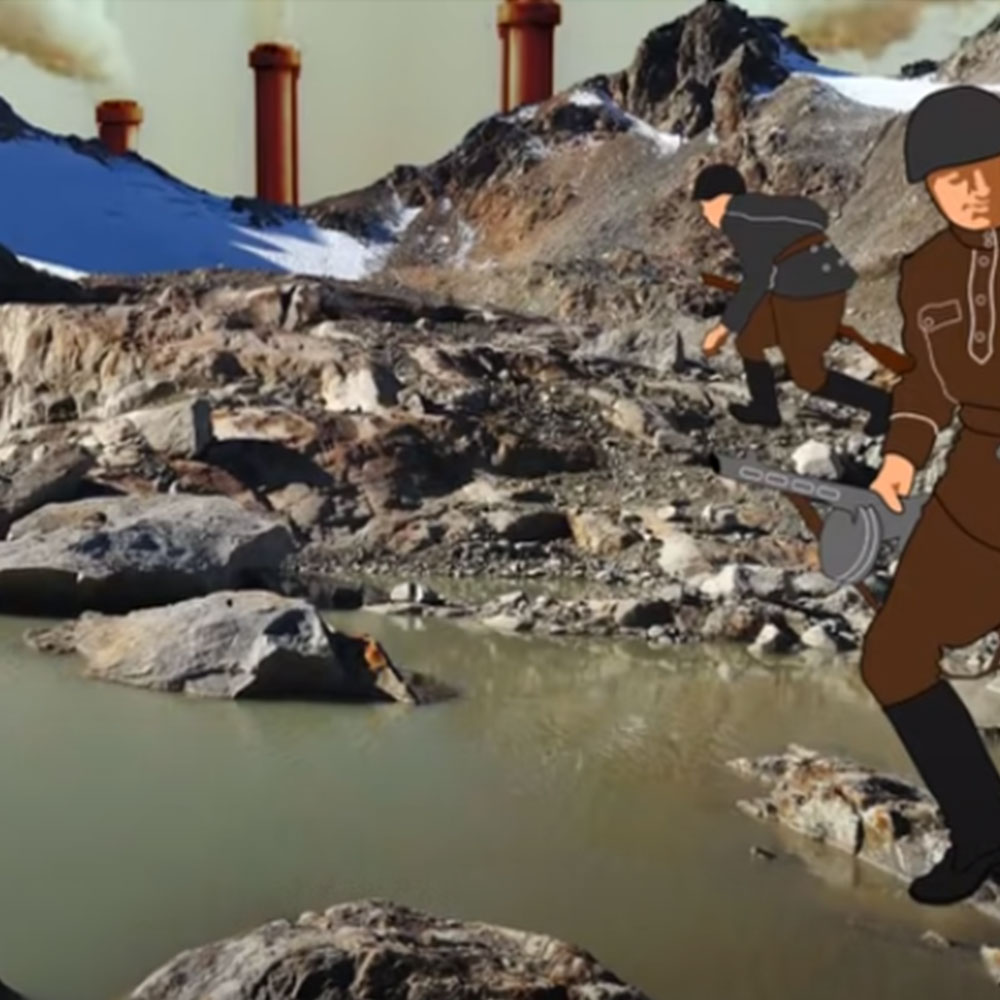
19. The Ganges River
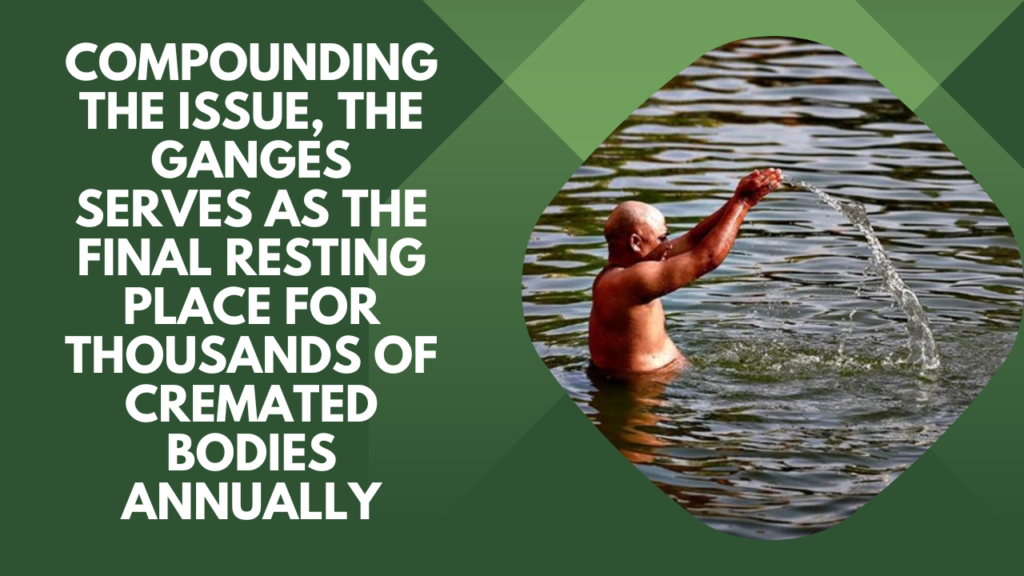
The Ganges River in India, revered for its sacred status, has fallen victim to severe pollution caused by rapid industrialization. Industrial waste, toxic chemicals, and a staggering amount of fecal coliform contaminate its waters. Compounding the issue, the Ganges serves as the final resting place for thousands of cremated bodies annually. The presence of these pollutants and human remains exposes swimmers to various health risks, including the heightened probability of developing cancer and gastrointestinal diseases. Despite its spiritual significance, swimming in the Ganges poses a significant threat to one’s well-being.
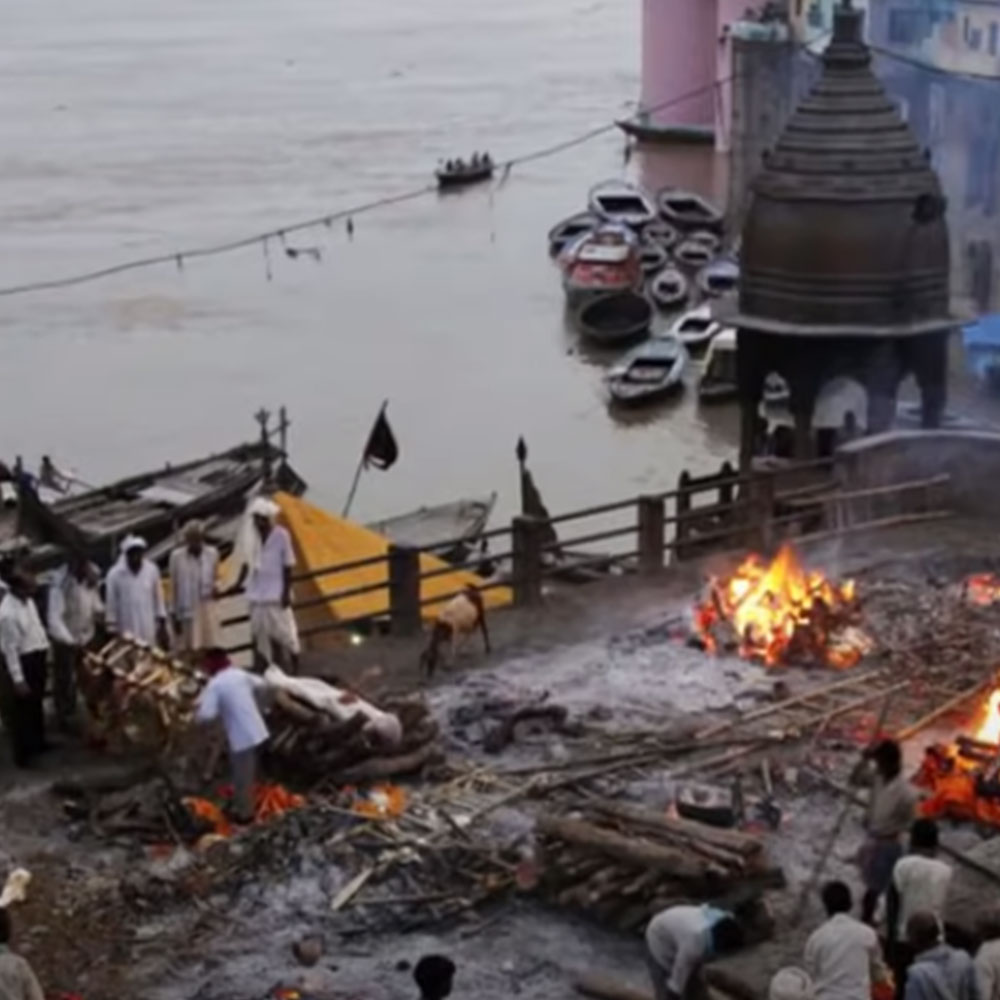
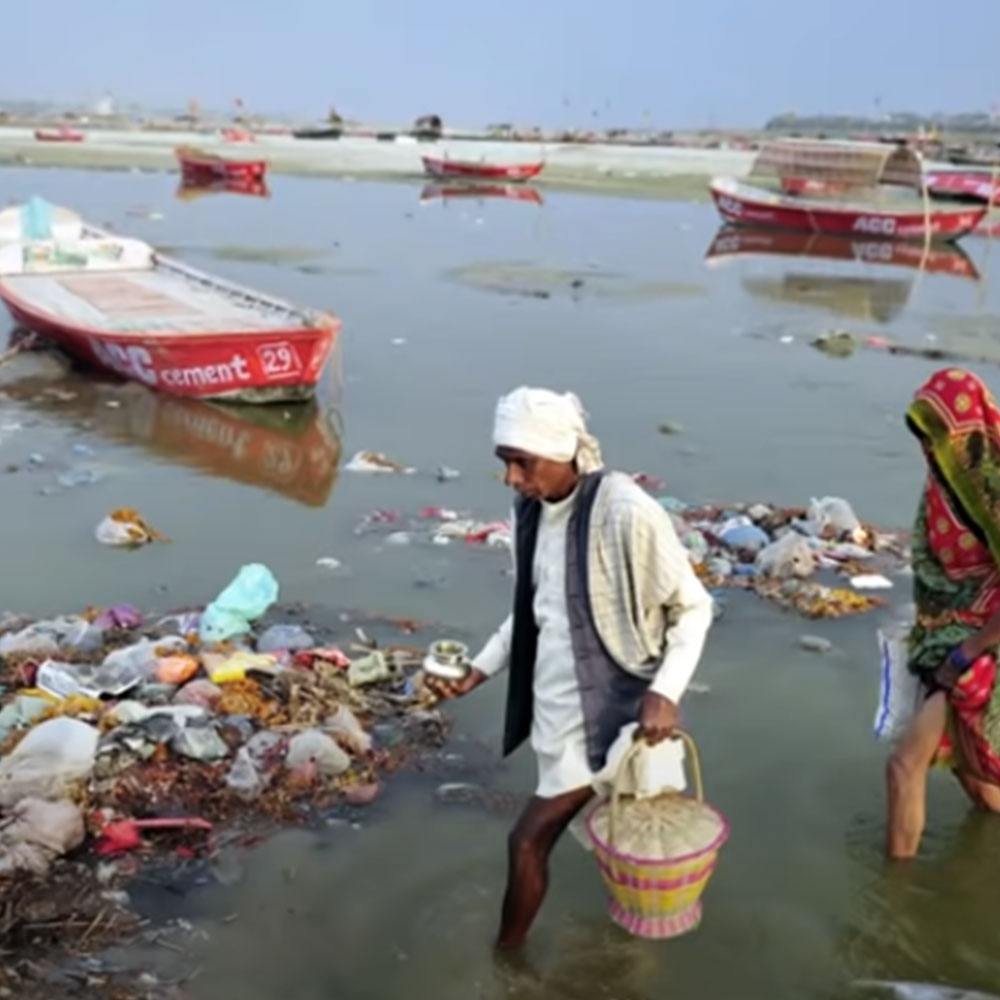
18. The Boiling Lake
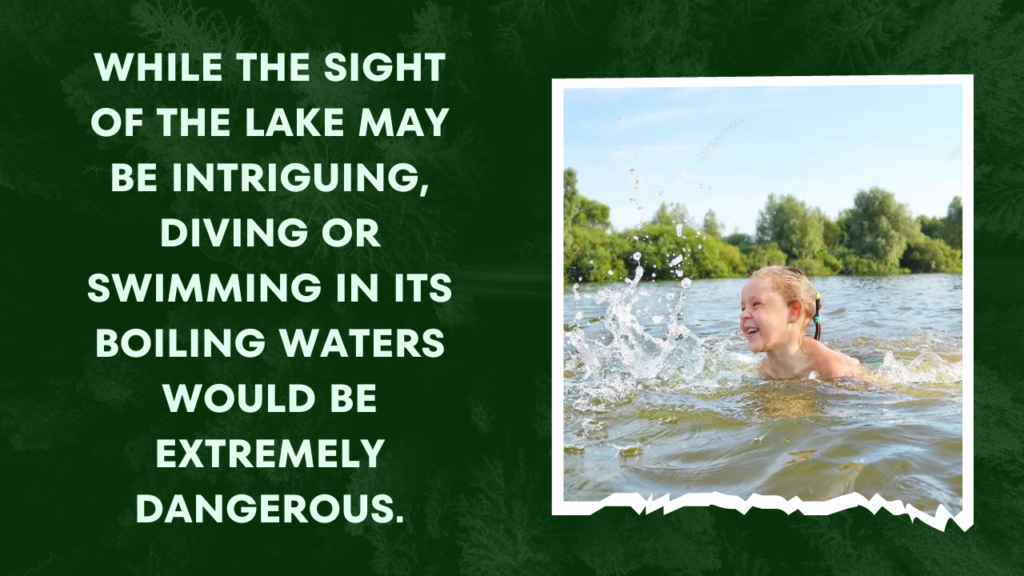
The Boiling Lake, located in Dominica, is a natural wonder that lives up to its name. With red-hot magma lying beneath its surface, the water temperature reaches an astonishingly scorching 90 degrees Celsius (190 degrees Fahrenheit). While the sight of the lake may be intriguing, diving or swimming in its boiling waters would be extremely dangerous. The extreme heat poses a significant risk of severe burns and bodily harm. The allure of this natural phenomenon should be appreciated from a safe distance, as venturing into the Boiling Lake would be a recipe for disaster.
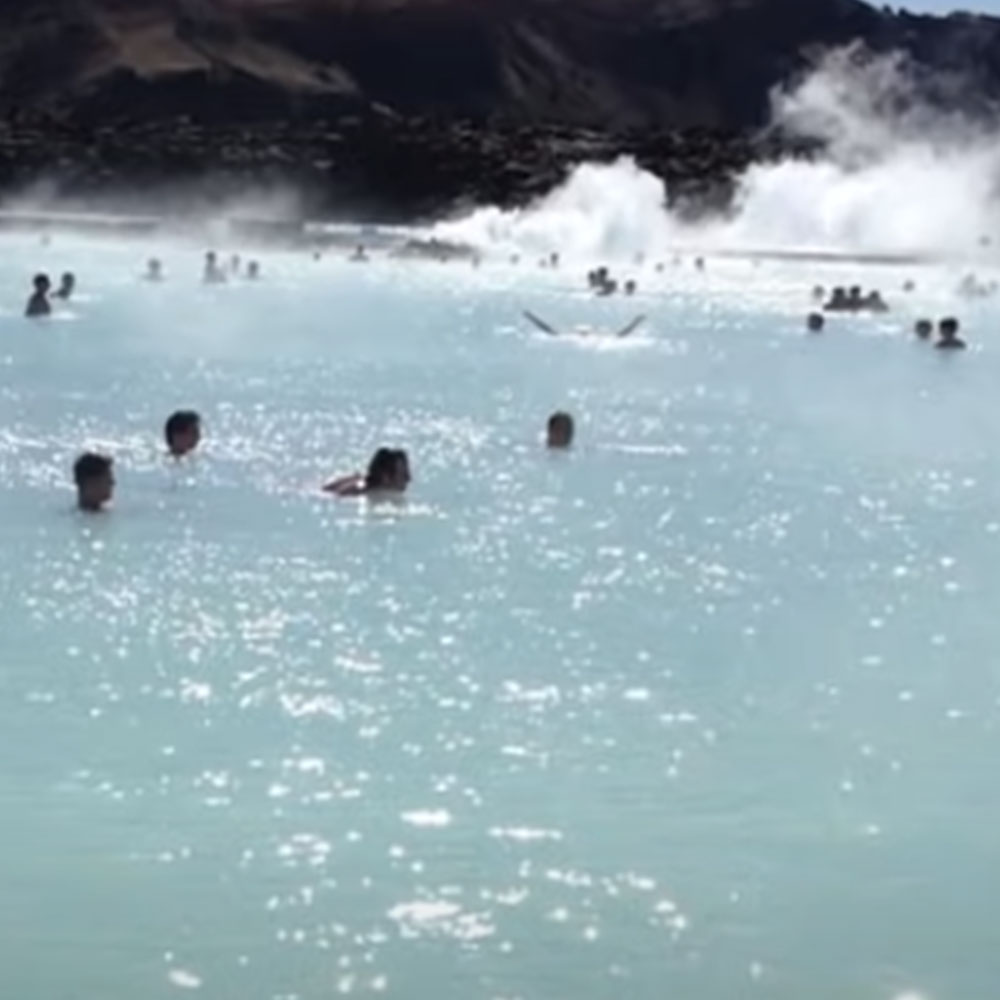

17. Jacob’s Well
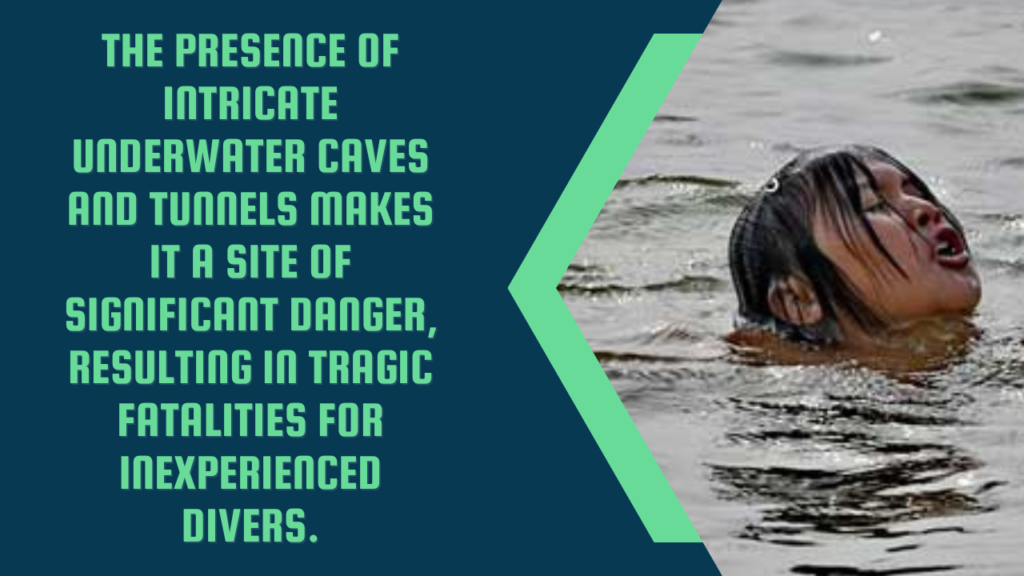
Jacob’s Well in Texas may entice swimmers with its alluring crystal clear water, but beneath its surface lies hidden perils. The presence of intricate underwater caves and tunnels makes it a site of significant danger, resulting in tragic fatalities for inexperienced divers. It is imperative to grasp the inherent risks and possess proper cave diving equipment before exploring this deceptively serene location. While its beauty may captivate, a thorough understanding of the dangers is essential to ensure personal safety in Jacob’s Well
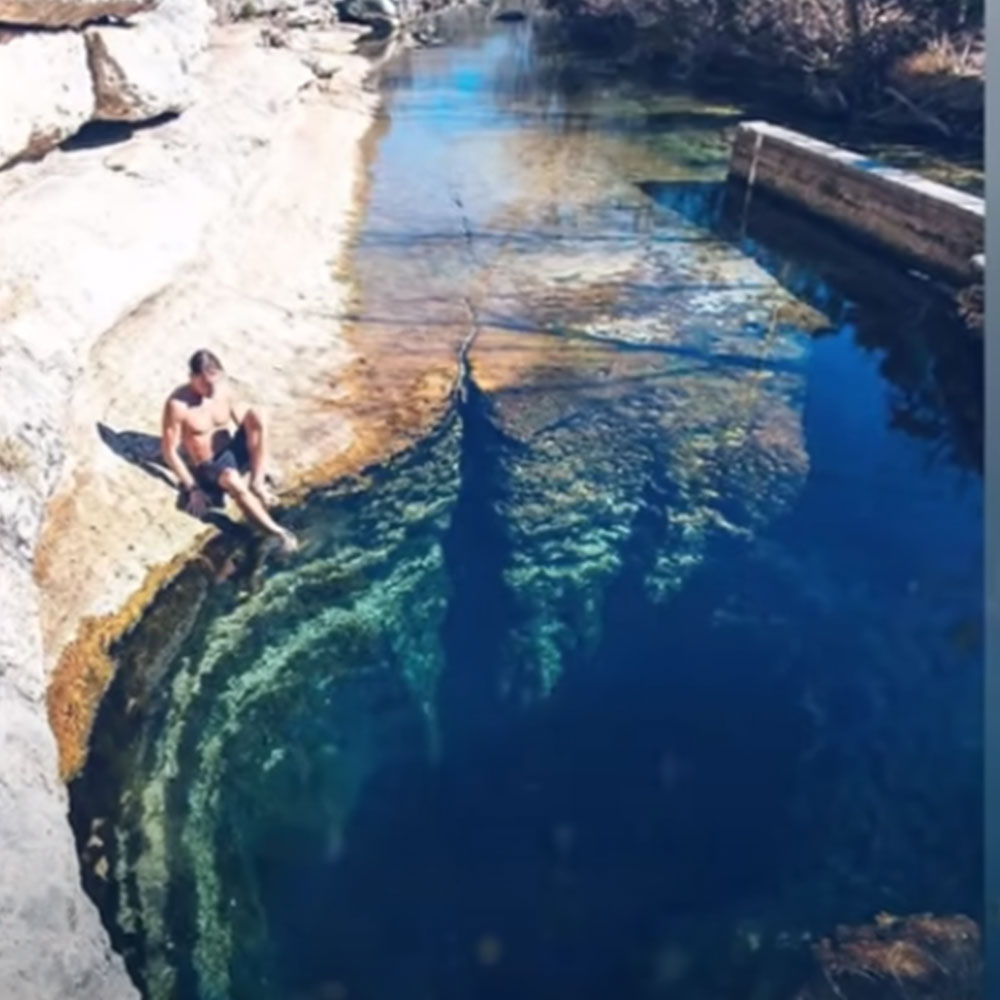
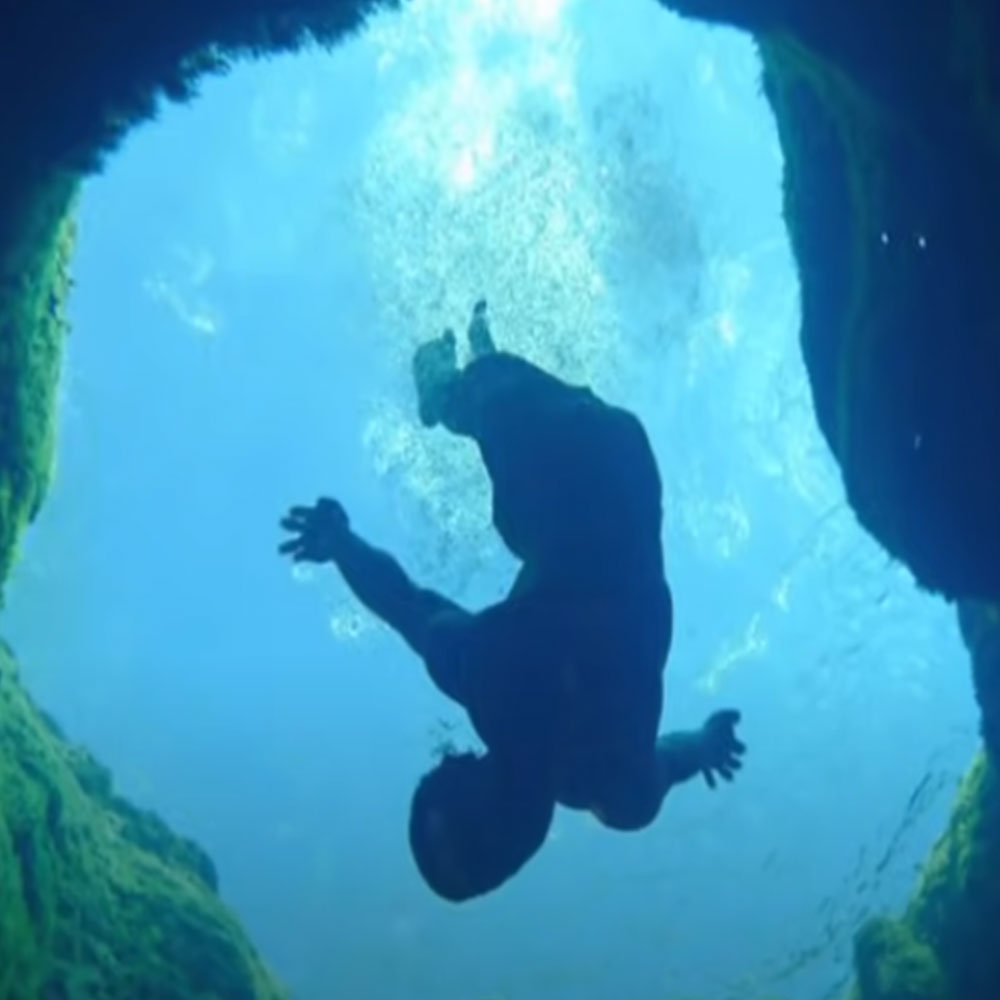
16. The Nile Crocodile-Infested Now River
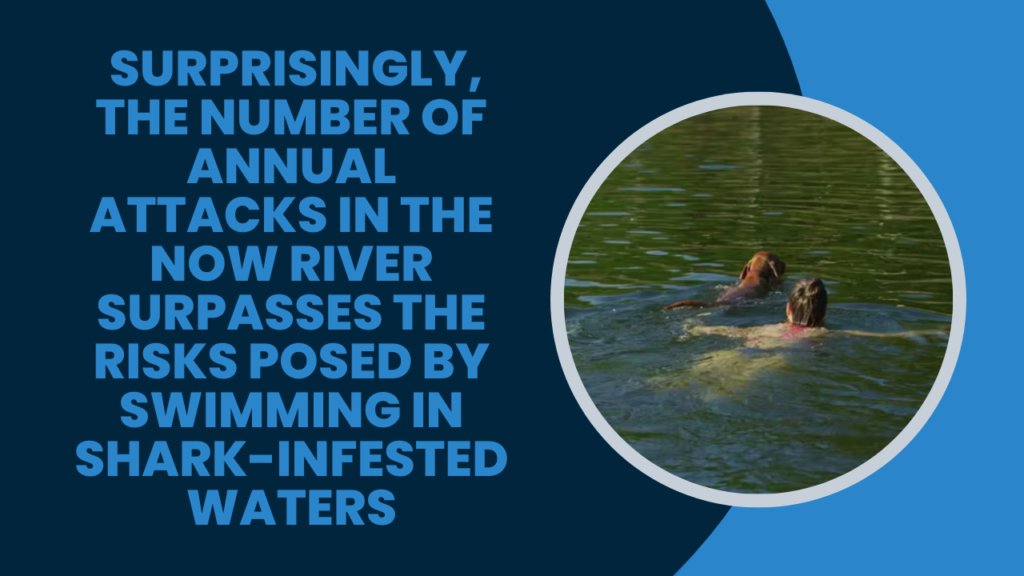
The Now River in Sub-Saharan Africa harbors a significant population of Nile crocodiles, making it a perilous waterway to navigate. The clouded water offers ideal hiding spots for these predatory reptiles, creating a hotbed for crocodile attacks. Surprisingly, the number of annual attacks in the Now River surpasses the risks posed by swimming in shark-infested waters. The high frequency of crocodile encounters underscores the extreme danger associated with swimming or venturing into the Now River. It is vital to exercise caution and avoid entering the water to prevent potentially life-threatening interactions with these powerful and formidable creatures.

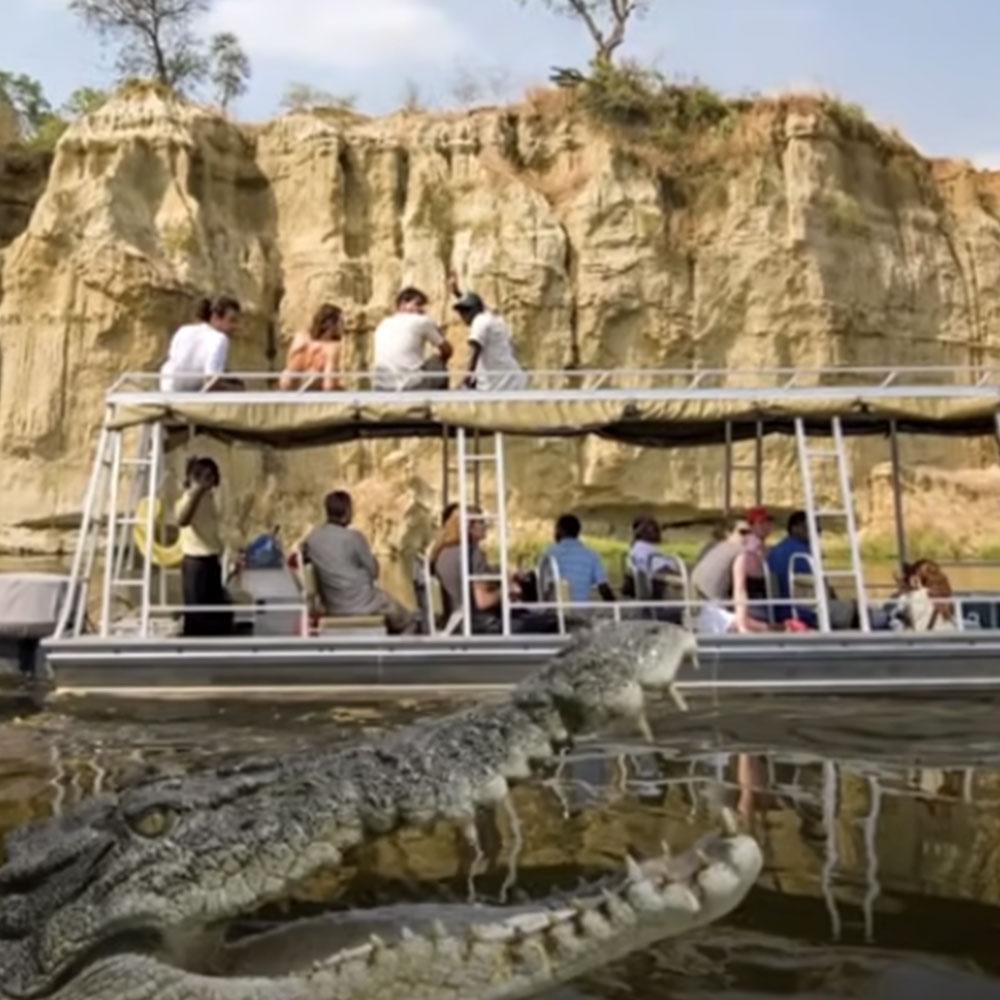
15. Hanakapiai Beach

Hanakapiai Beach in Hawaii may deceive visitors with its pristine appearance, but beneath its tranquil exterior lies a hidden danger—treacherous rip currents. These powerful currents have tragically taken the lives of multiple swimmers, highlighting the perilous nature of the beach. A somber reminder of the dangers is a death toll sign, serving as a chilling warning to those who venture into this seemingly idyllic paradise. It is crucial for beachgoers to heed the warning signs, exercise caution, and stay vigilant to avoid falling victim to the hidden rip currents of Hanakapiai Beach.


14. Bubbly Creek
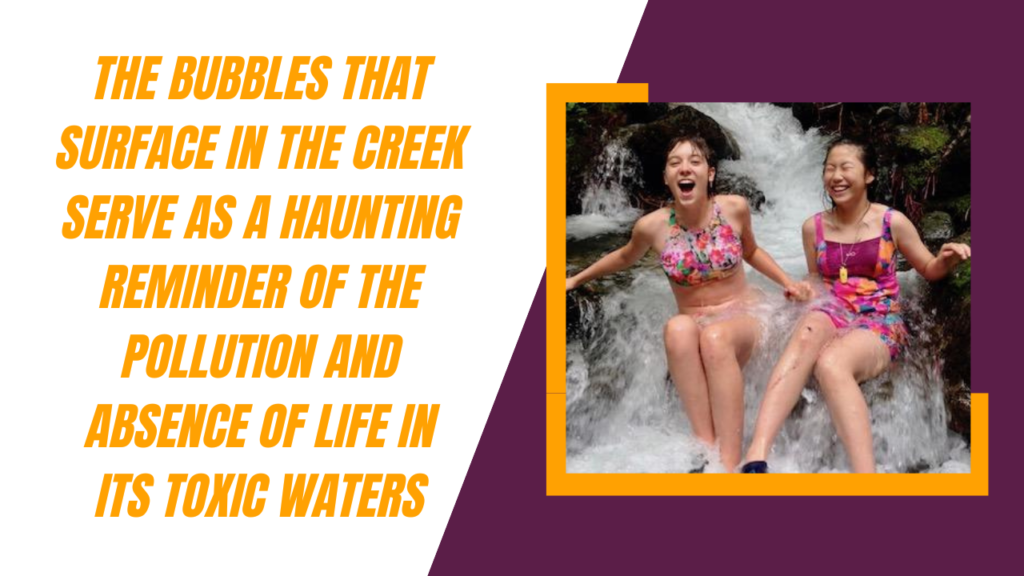
Bubbly Creek may sound whimsical, but it hides a gruesome reality within the Chicago River. Years of dumping animal remains from nearby stockyards have transformed it into a nightmarish scene of decomposing meat. The bubbles that surface in the creek serve as a haunting reminder of the pollution and absence of life in its toxic waters. It is imperative to steer clear of Bubbly Creek and avoid any contact with its hazardous environment. Swimming or interacting with this contaminated water poses significant health risks and should be avoided at all costs.


13. Samaesan Hole

The Samaesan Hole in the Gulf of Thailand beckons divers with its remarkable depth of 280 feet. However, this underwater abyss presents a host of hazards. Strong currents, the presence of oil tankers passing through, limited visibility, and the threat of barracudas make it a treacherous location to explore. Compounding the danger, the area was previously utilized as an ammunition dump by the U.S. Navy, adding an element of unpredictability and potential risks. Diving into the darkness of the Samaesan Hole requires careful consideration, experience, and proper safety measures to mitigate the inherent perils that await.


12. Eagle’s Nest Sinkhole
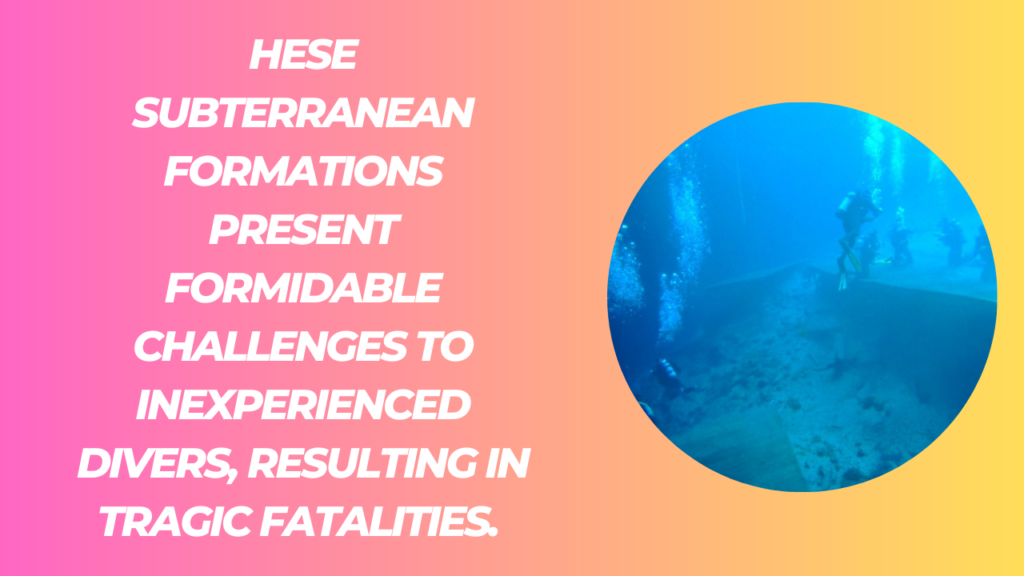
Eagle’s Nest Sinkhole in Florida may deceive observers with its innocent pond-like appearance. Yet, beneath its tranquil facade lies a complex labyrinth of underwater caves and passages, some spanning larger than football fields. These subterranean formations present formidable challenges to inexperienced divers, resulting in tragic fatalities. As a response to these incidents, the sinkhole was temporarily closed and later reopened with enhanced safety measures and cautionary protocols. Diving into the depths of Eagle’s Nest Sinkhole demands expertise, preparation, and respect for the inherent dangers lurking within its intricate maze of underwater caves.
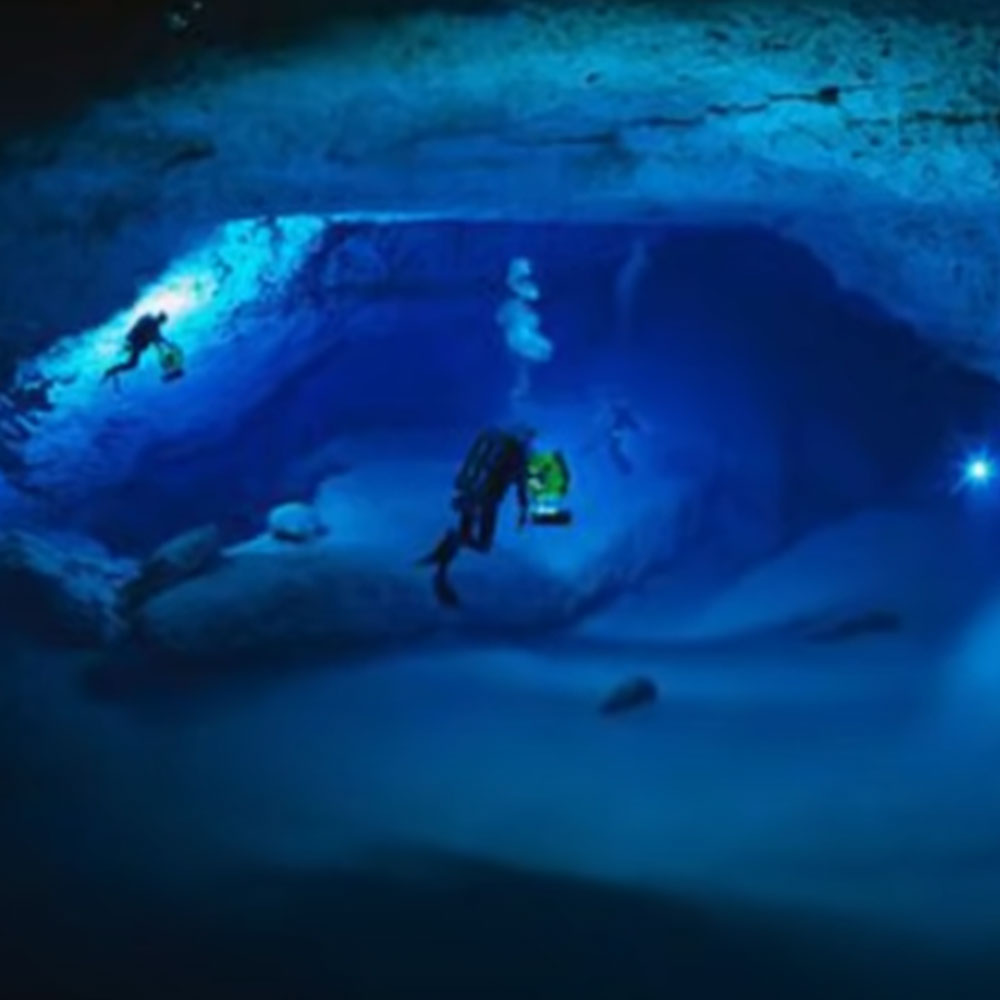
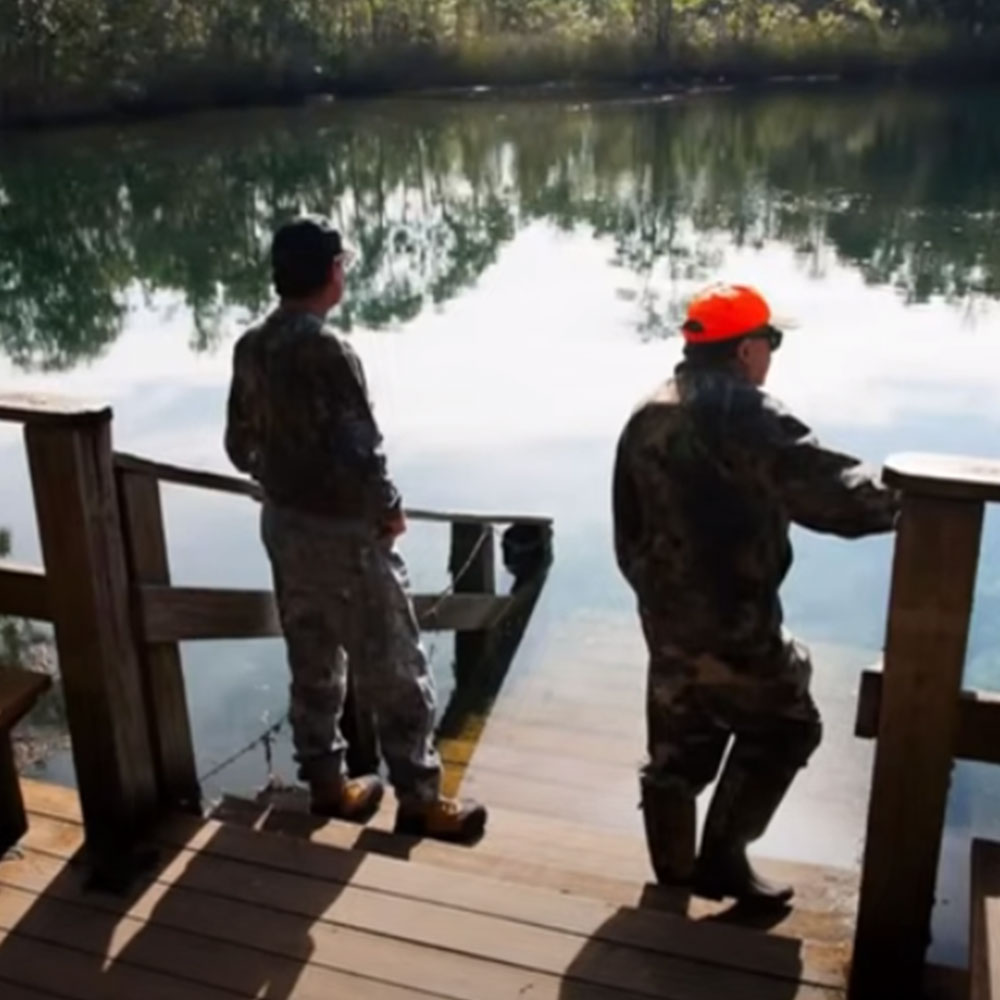
11. Kipu Falls
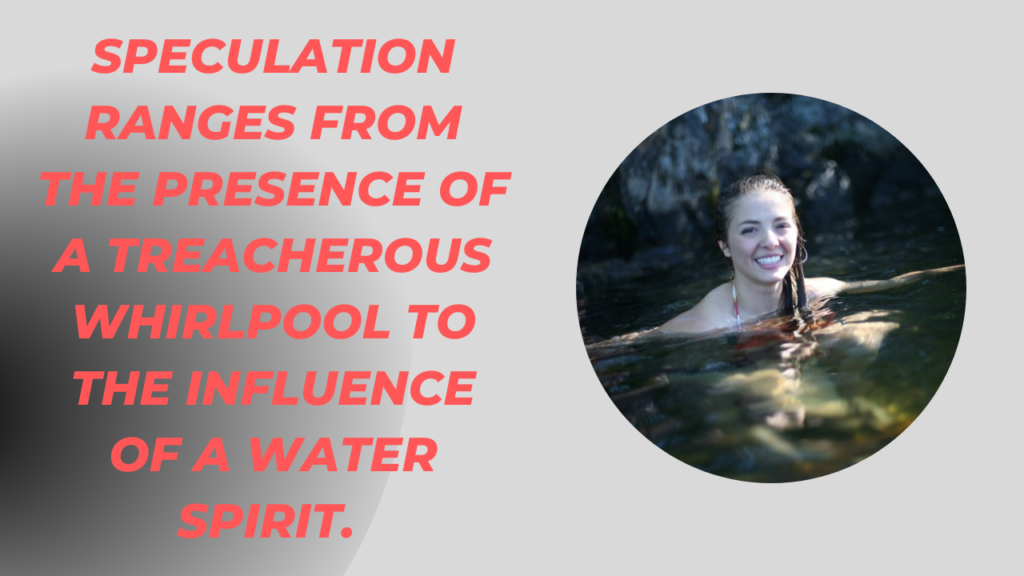
Kipu Falls in Hawaii has garnered a dark reputation due to a series of unexplained deaths. Swimmers have experienced sudden panic and submersion, resulting in tragic outcomes. Despite extensive investigations, the exact cause remains a mystery. Speculation ranges from the presence of a treacherous whirlpool to the influence of a water spirit. To ensure personal safety, it is advised to exercise extreme caution or altogether avoid swimming in this enigmatic and potentially perilous location. The haunting incidents surrounding Kipu Falls serve as a stark reminder of the mysterious forces that can lurk beneath the surface of even the most idyllic settings.


10. The Amazon Basin
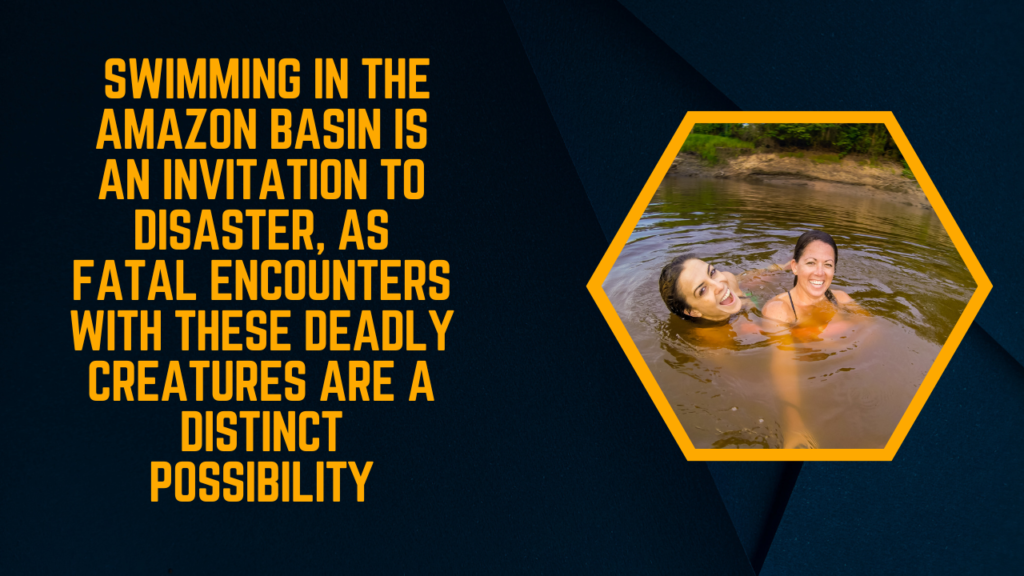
The Amazon Basin, characterized by its rich biodiversity, is also a haven for deadly creatures. Within its waters, one can encounter formidable predators such as anacondas, red-bellied piranhas, and electric eels. Even more unnerving are the tiny but notorious candiru fish known for their ability to swim up the urinal tube, posing a unique and horrifying threat. Swimming in the Amazon Basin is an invitation to disaster, as fatal encounters with these deadly creatures are a distinct possibility. The abundance of dangerous wildlife serves as a reminder that caution and respect for the natural ecosystem are crucial when navigating these treacherous waters.
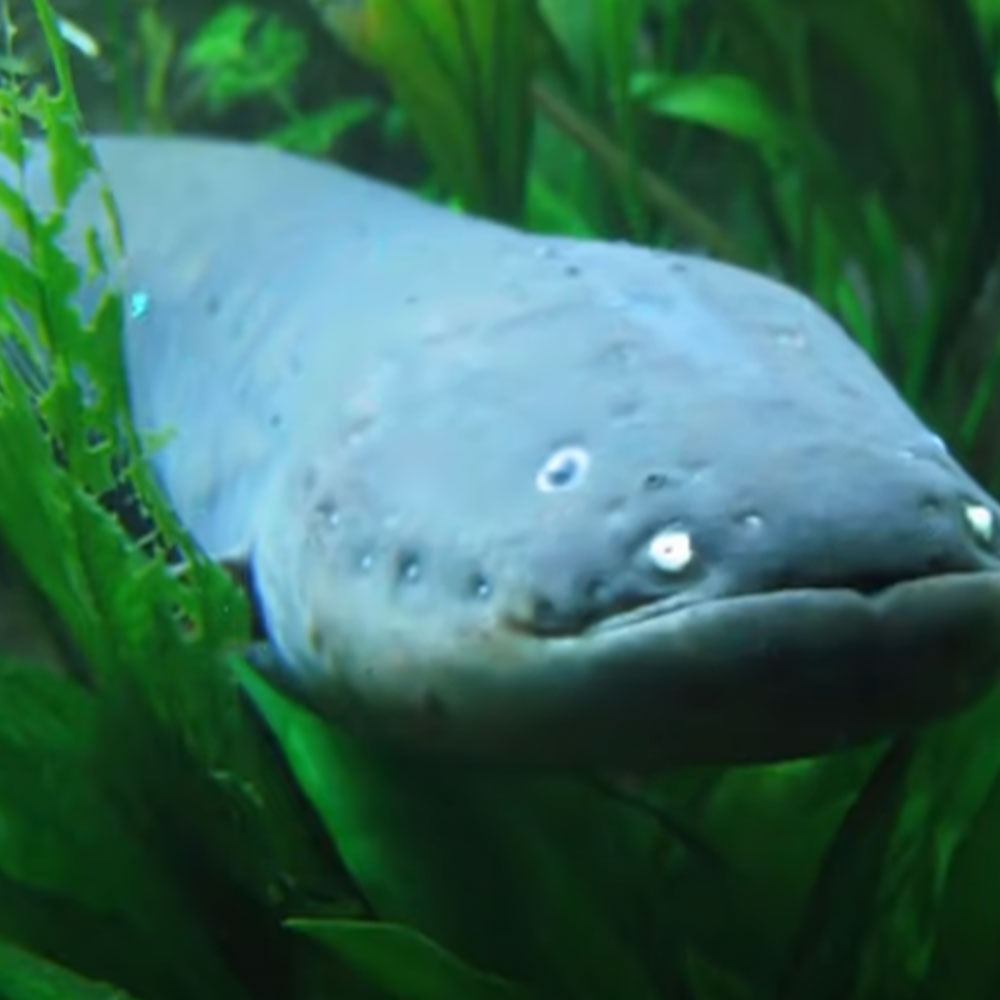
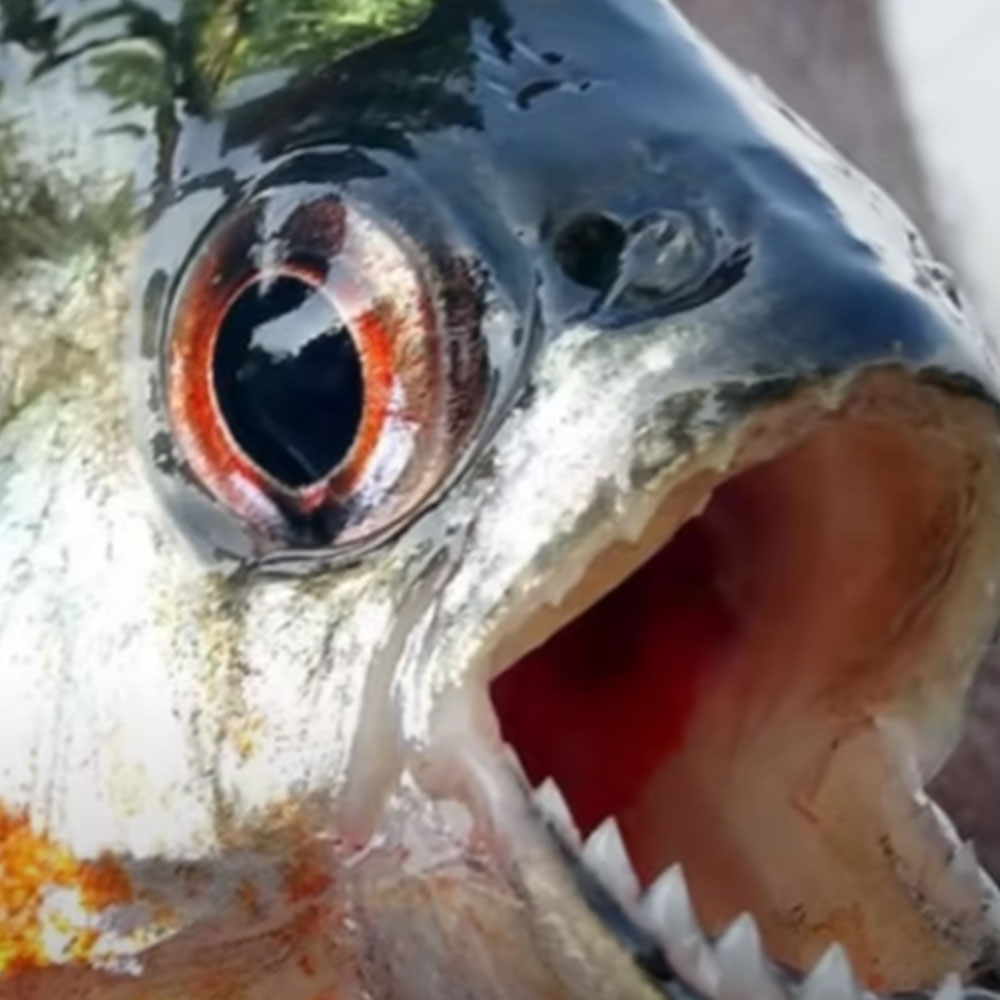
9. Lake Victoria

Lake Victoria in Africa may appear serene, but it conceals a reputation as one of the most treacherous bodies of water worldwide. Its unique mini climate contributes to sudden weather shifts, resulting in frequent and violent storms that have claimed countless lives through boat capsizings. With an alarming average of 5,000 deaths per year, Lake Victoria poses a significant threat to fishermen who depend on its resources for their livelihoods. The unpredictability of this vast lake serves as a constant reminder of its inherent dangers, emphasizing the importance of caution and preparedness when venturing onto its waters.

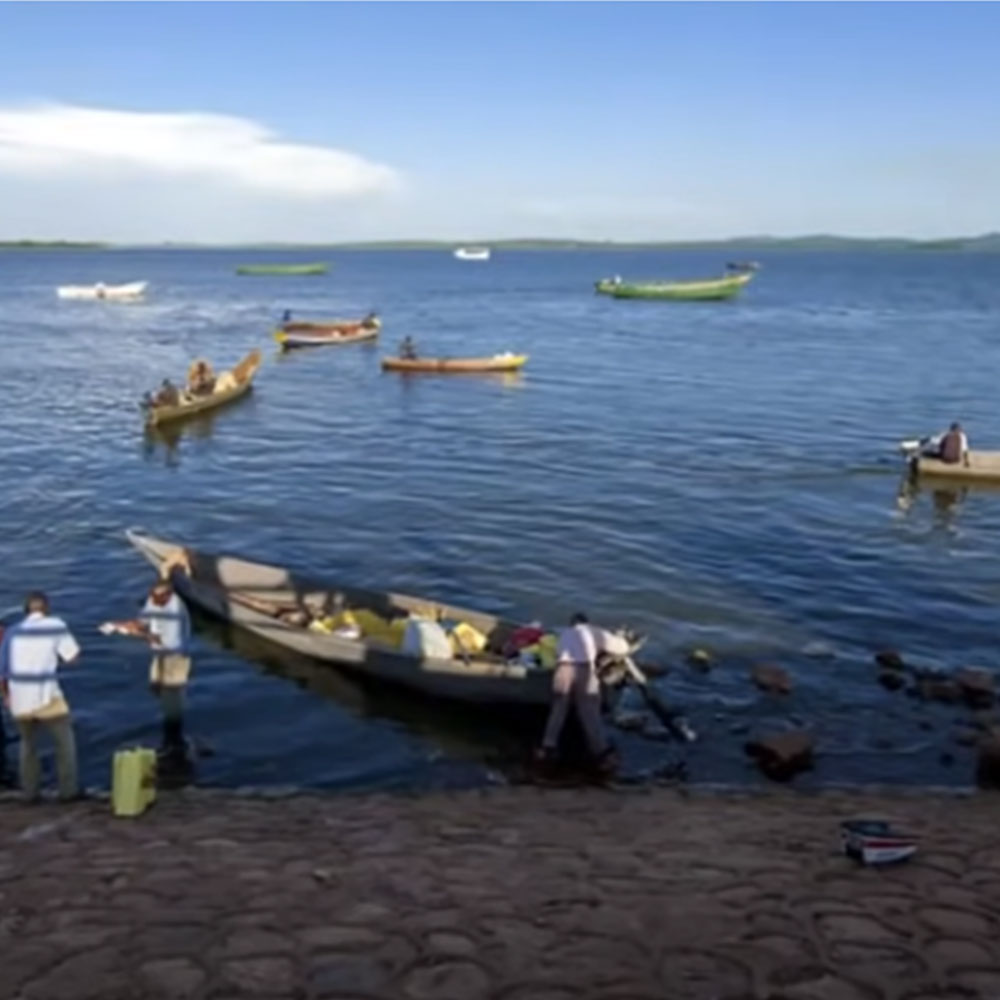
8. Horseshoe Lake

Horseshoe Lake in California presents a silent and deadly danger, as dangerous levels of carbon monoxide periodically emanate from the earth’s surface. This lethal gas has tragically taken multiple lives, as its concentrations can fluctuate unpredictably. The haunting landscape, adorned with dead trees, serves as a somber reminder of the hidden peril beneath its seemingly serene exterior. It is crucial to exercise extreme caution and remain aware of the potential hazards when visiting Horseshoe Lake. The invisible threat of carbon monoxide demands vigilance and respect for the invisible dangers that lurk in this hauntingly beautiful location.

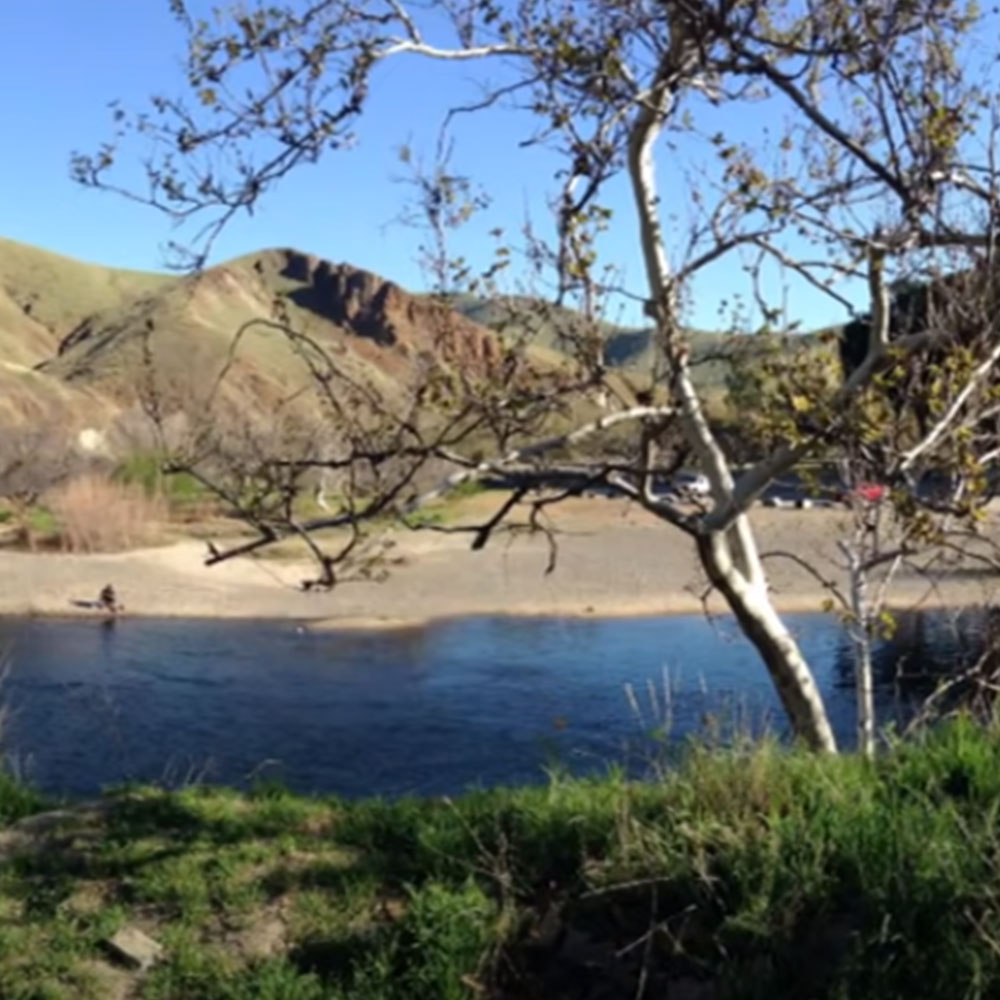
7. Rio Tinto
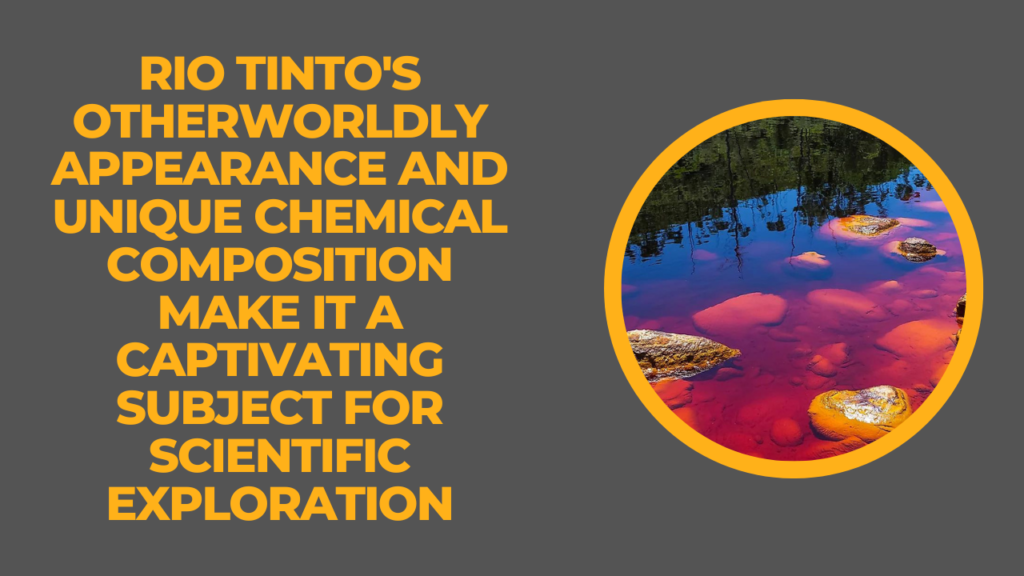
Rio Tinto in Spain is a captivating yet perilous river, distinguished by its striking blood-red hue caused by centuries of mining pollution. The river’s extreme acidity renders it inhospitable to most forms of life. Despite its toxic nature, scientists find the river fascinating and study it due to its similarity to the conditions found on Jupiter’s moon, Europa. Rio Tinto’s otherworldly appearance and unique chemical composition make it a captivating subject for scientific exploration. However, its beauty belies the inherent danger within its waters, and caution must be exercised to avoid the potential hazards associated with this extraordinary but hazardous environment.

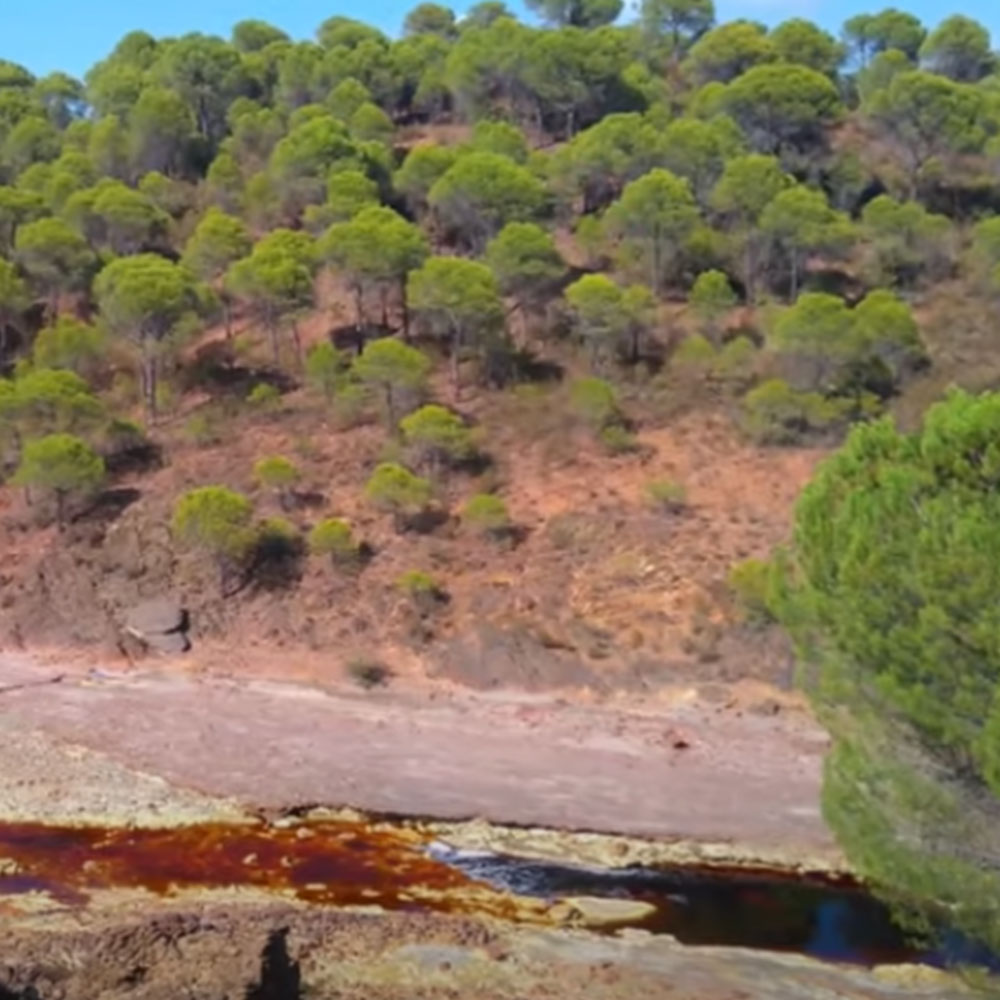
6. Gansbaai

Gansbaai in South Africa has rightfully earned the moniker “Shark Alley” due to its abundant shark population. This location serves as a popular destination for tourists seeking cage diving experiences. However, its reputation for attracting sharks comes with a grave warning. Gansbaai experiences a higher number of shark attacks than any other place in the world, making swimming in these waters an audacious and potentially life-threatening venture. The presence of these formidable predators highlights the need for caution and respect when entering the waters of Shark Alley, emphasizing the importance of understanding the risks associated with encountering these powerful creatures.


5. Hoover Dam

Swimming near dams, such as the Hoover Dam, is not only against the law but also poses significant dangers. The Hoover Dam, designed for electricity generation, is plagued by strong currents that have the potential to drag swimmers beneath the surface. The risk of being pulled into intakes or encountering other hidden hazards makes swimming in the vicinity of these structures a life-threatening decision. Authorities strictly prohibit such activities for the safety of individuals. It is crucial to prioritize personal well-being and adhere to regulations to prevent tragic accidents caused by the deadly currents and unseen dangers near dams.

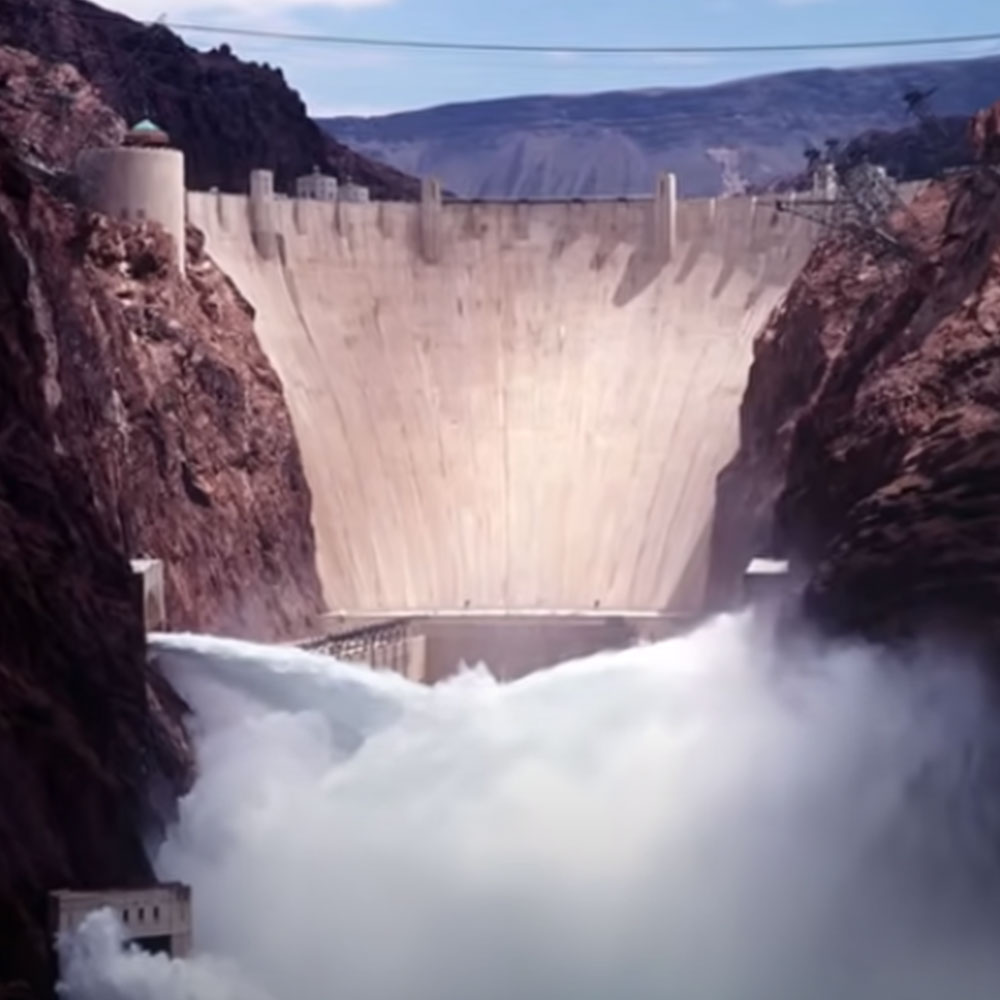
4. Citram River

The Citram River in Indonesia stands as one of the most polluted rivers worldwide. The presence of 5 million people residing in its basin, coupled with textile factories using it as a dumping ground for toxic waste, has resulted in severe contamination. The river is laden with dangerous substances such as lead, mercury, arsenic, and various other hazardous pollutants. Swimming in these polluted waters poses a significant risk, inviting serious health complications. The ecological and human health consequences of such pollution highlight the urgent need for environmental preservation and effective waste management practices to protect the well-being of both the river and those who depend on it.
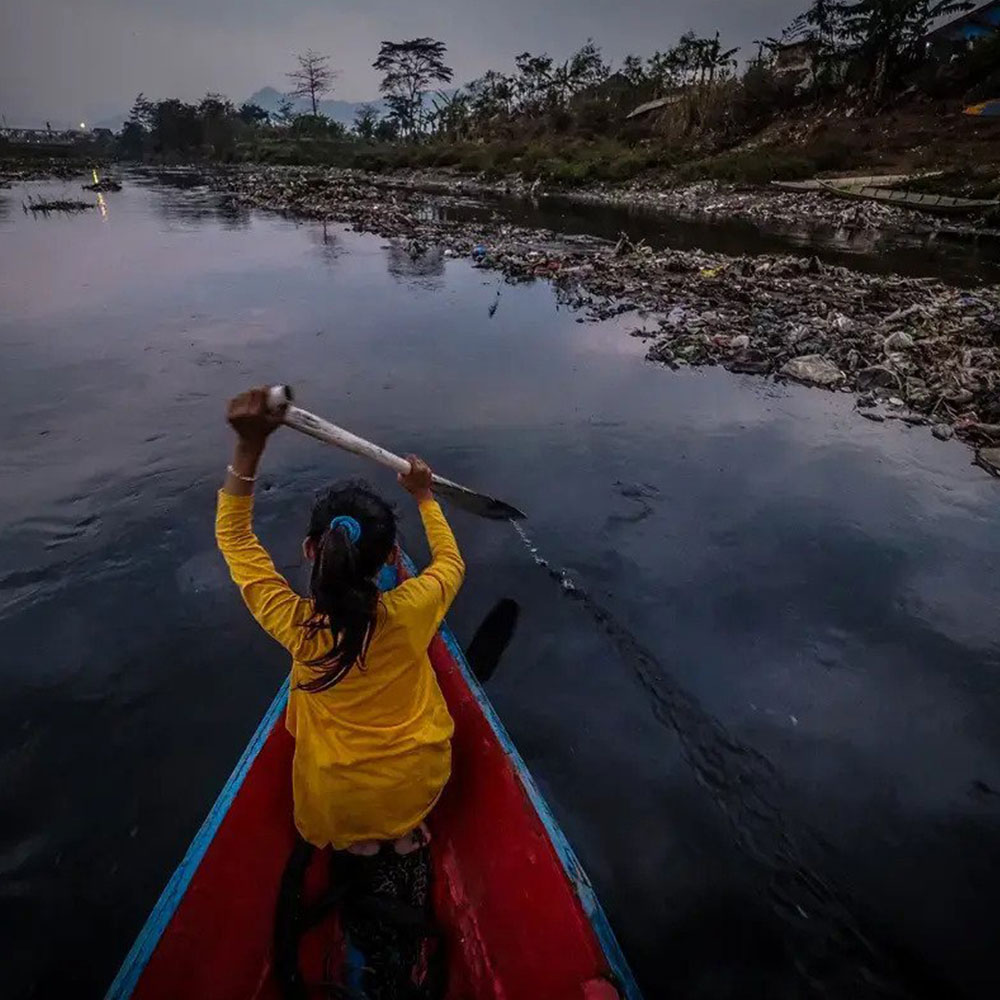
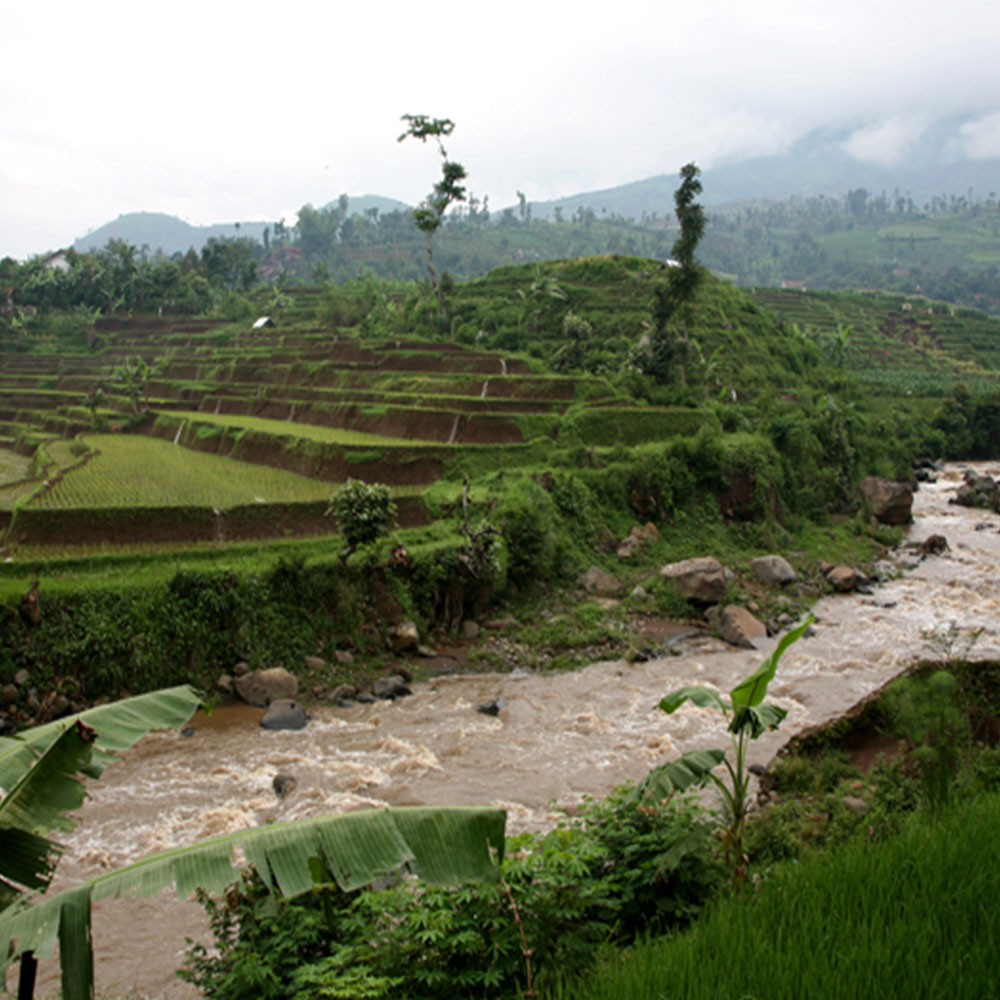
3. Blue Lagoon

The Blue Lagoon in Buxton, Derbyshire, presents a visually captivating sight, yet its high pH level of 11.3 should raise immediate concern. The beautiful blue color of the water is attributed to caustic chemicals present in the surrounding stones. However, this aesthetic charm belies the hidden hazards that lurk within. Signs have been erected and efforts made to dissuade swimmers due to the contamination caused by abandoned cars, dead animals, and human waste, marring the otherwise serene facade. The presence of such pollutants emphasizes the importance of heeding warnings and avoiding contact with the hazardous waters of the Blue Lagoon.
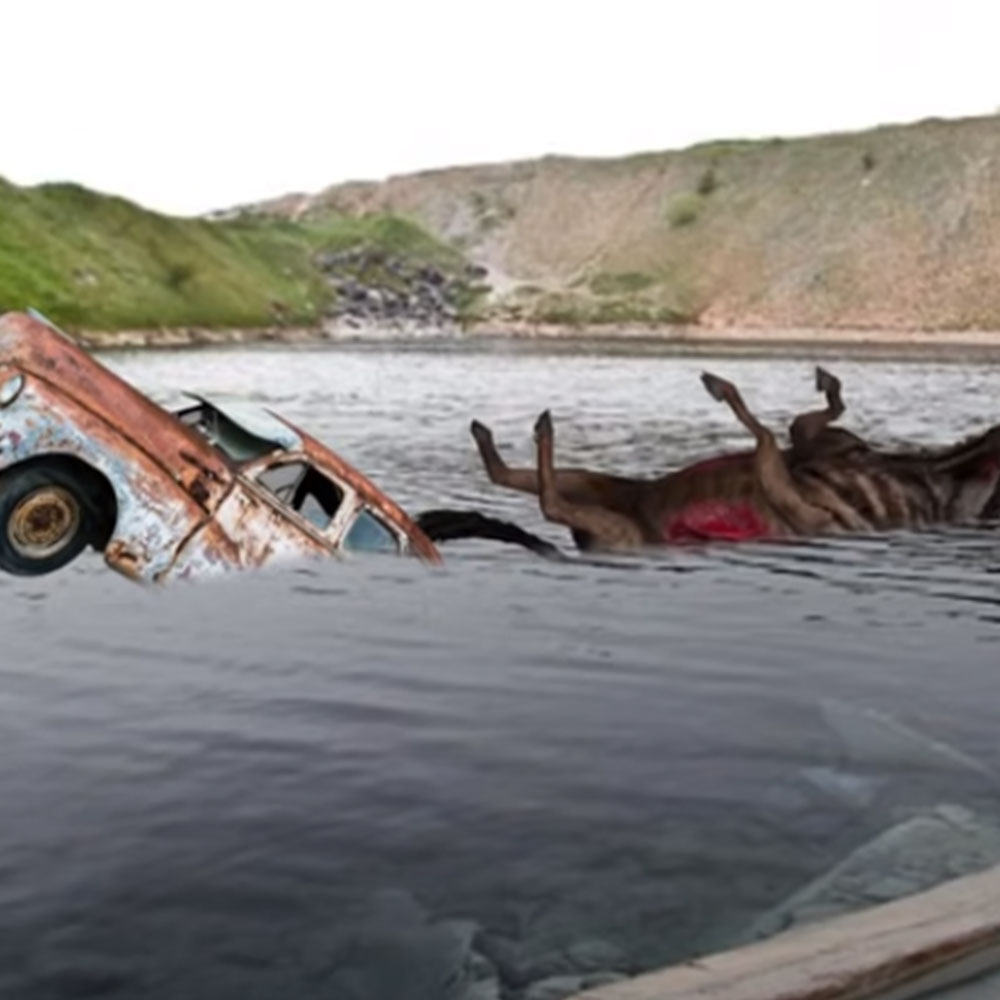
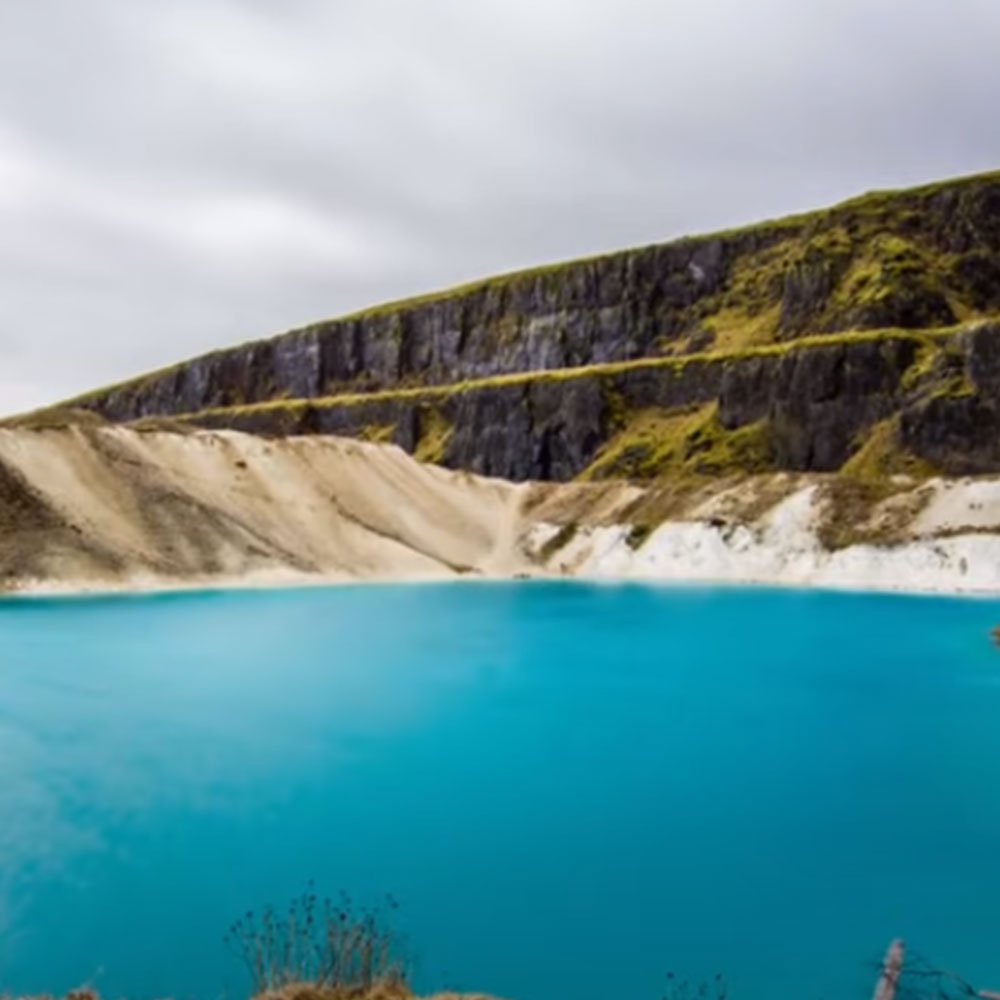
2. Reunion Island
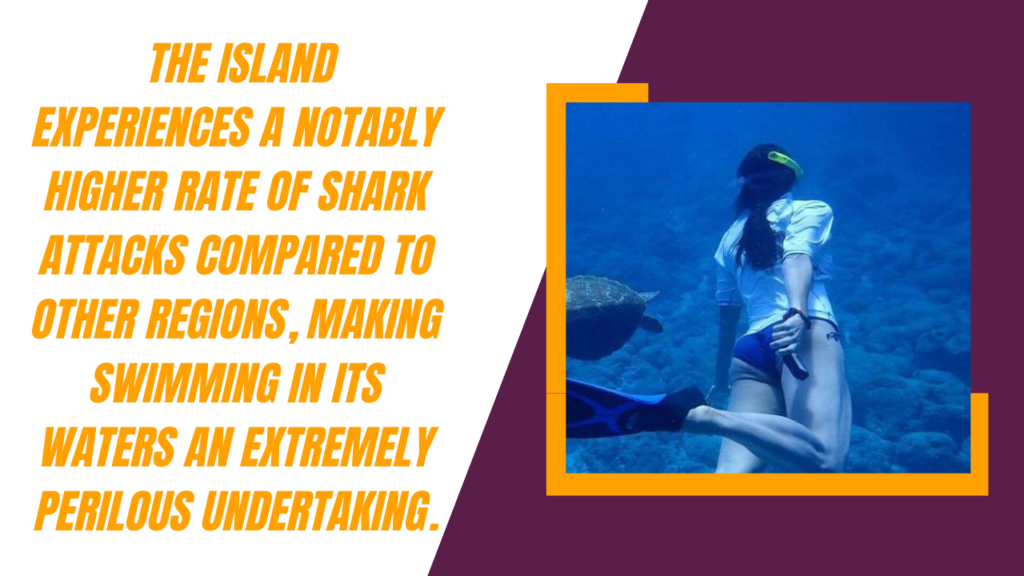
Reunion Island, situated in the Indian Ocean, has earned the reputation as the shark attack capital of the world. The exact cause behind this phenomenon remains uncertain, but it is believed that the creation of a marine reef has attracted a larger population of fish, consequently increasing the presence of sharks. The island experiences a notably higher rate of shark attacks compared to other regions, making swimming in its waters an extremely perilous undertaking. The prevalence of these incidents underscores the need for heightened caution and awareness when venturing into the ocean surrounding Reunion Island.
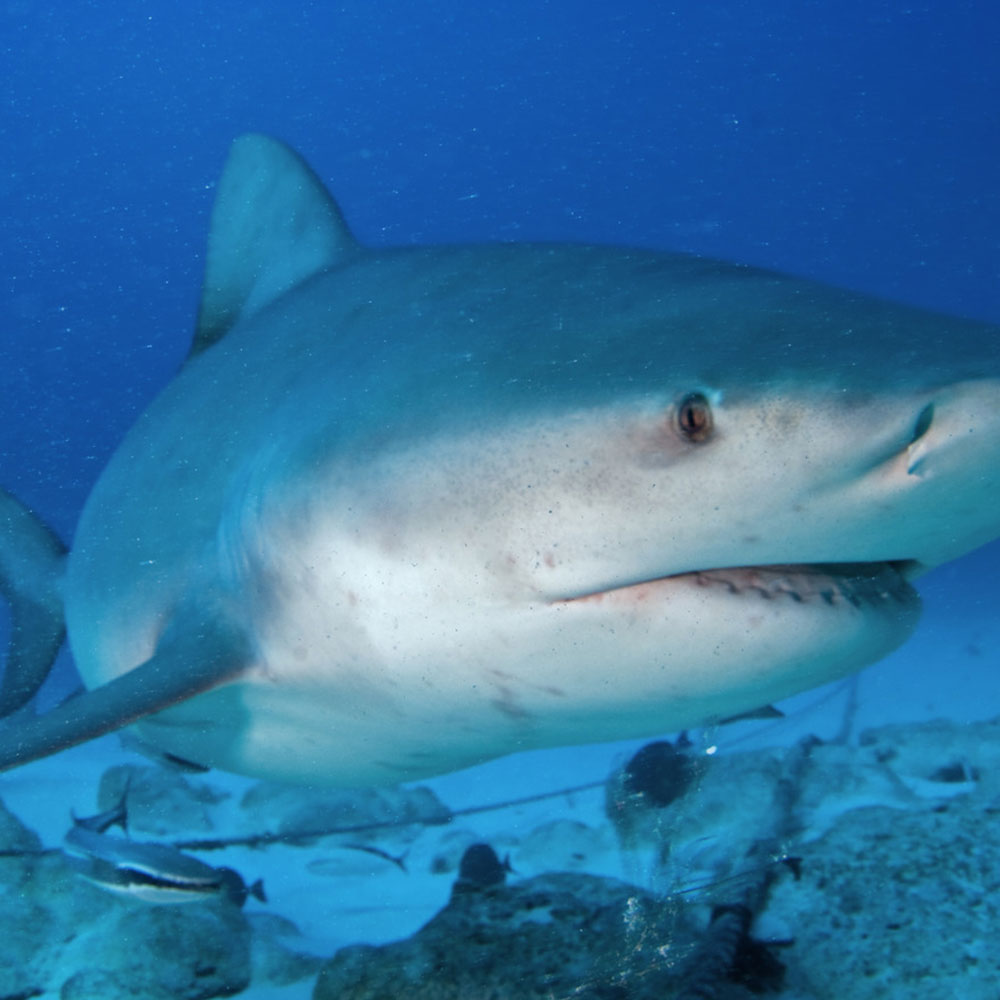

1. The Strid

The Strid in Yorkshire, though picturesque, conceals a hidden danger. Its fast-flowing and invisible currents, combined with submerged rocks, form a lethal trap for unsuspecting individuals who fall into its waters. The powerful vortices and turbulence of the Strid act swiftly, rendering victims unconscious and leading to a 100% fatality rate for those caught in its grasp. Despite its serene appearance, the Strid demands utmost caution and respect, as it serves as a stark reminder of the unpredictable and treacherous nature of certain bodies of water.


Also Read : Lucky Discoveries That Made People Rich
Conclusion
As fascinating as these places may be, it’s essential to prioritize your safety and well-being. The 20 locations listed here are riddled with dangers that range from pollution and hidden currents to deadly wildlife and hazardous geological formations. Remember, it’s better to admire these wonders from a distance rather than risk your life by venturing into their treacherous waters.
Source Image : Freepik




